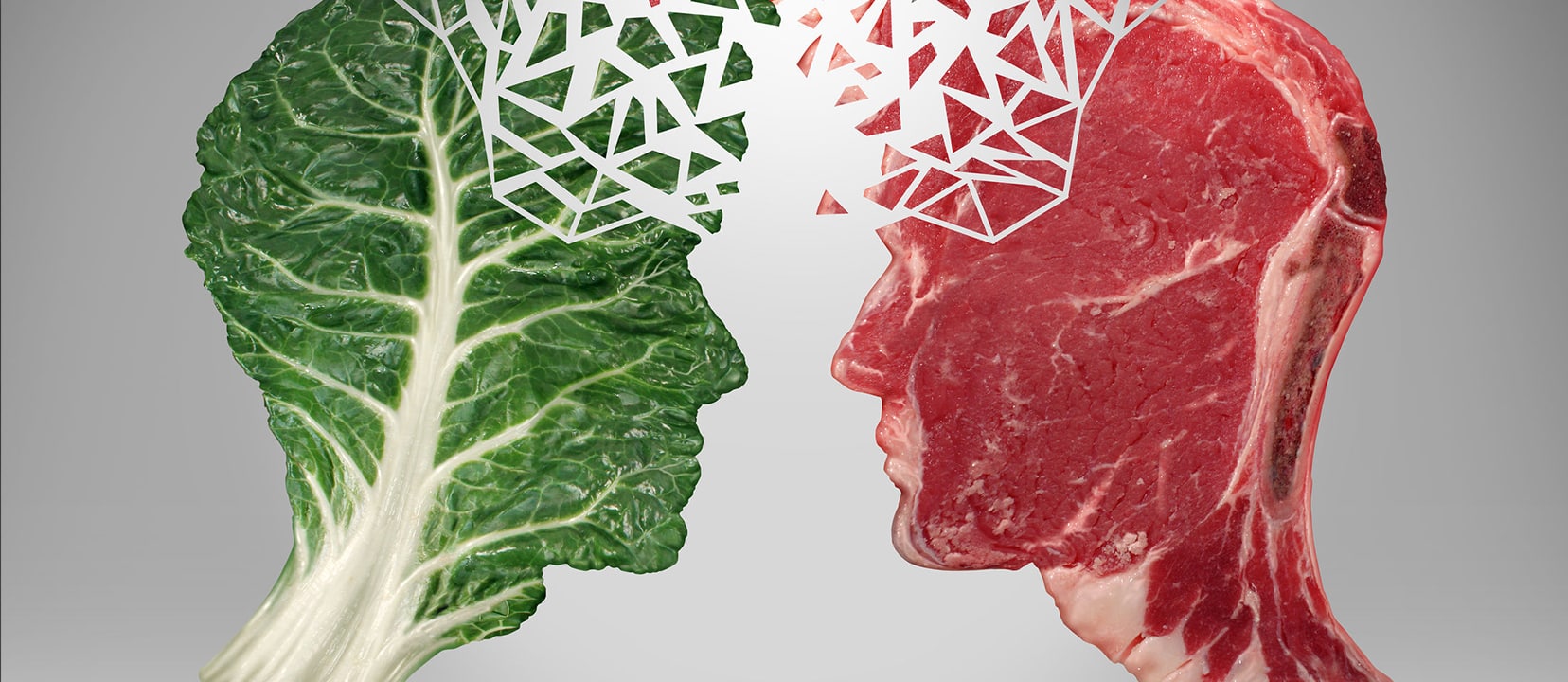Each of us has about six billion miles of DNA. How does our body keep it from getting all tangled up? There are special proteins called histones, which act like spools with DNA as the thread. Enzymes called sirtuins wrap the DNA around the histones and by doing so, silence whatever genes were in that stretch of DNA, hence their name SIRtuins, which stands for silencing information regulator.
Although they were discovered only about a decade ago, the study of sirtuins “has become one of the most promising areas of biomedicine,” since they appear to be involved in promoting healthy aging and longevity. Suppression of this key host defense is considered a central feature of Alzheimer’s disease, as shown in Reducing Glycotoxin Intake to Prevent Alzheimer’s.
Autopsies of Alzheimer’s victims reveal that loss of sirtuin activity is closely associated with the accumulation of the plaques and tangles in the brain that are characteristic of Alzheimer’s disease. Sirtuin appears to activate pathways that steer the brain away from the formation of plaque and tangle proteins. “Because a decrease in sirtuin activity can clearly have deleterious effects” on nerve health, researchers are trying to come up with drugs to increase sirtuin activity, but why not just prevent its suppression in the first place?
Glycotoxins in our food suppress sirtuin activity, also known as advanced glycation end products, or AGE’s. Our modern diet includes excessive AGE’s, which can be neurotoxic. High levels in the blood may predict cognitive decline over time. If you measure the urine levels of glycotoxins flowing through the bodies of older adults, those with the highest levels went on to suffer the greatest cognitive decline over the subsequent nine years.
As we age, our brain literally shrinks. In our 60’s and 70’s, we lose an average of five cubic centimeters of total brain tissue volume every year, but some people lose more than others. Brain atrophy may be reduced in very healthy individuals, and a few people don’t lose any brain at all. Normally, we lose about 2% of brain volume every year, but that’s just the average. Although the average brain loss for folks in their 70’s and 80’s was 2.1%, some lost more, some lost less, and some men and women lost none at all over a period of four years.
Researchers in Australia provided the first evidence linking AGEs with this kind of cerebral brain loss. So, limiting one’s consumption of these compounds may end up having significant public health benefits. Because sirtuin deficiency is both preventable and reversible by dietary AGE reduction, a therapeutic strategy that includes eating less AGE’s may offer a new strategy to combat the epidemic of Alzheimer’s.
Some glycotoxins are produced internally, particularly in diabetics, but anyone can get them from smoking and eating, particularly foods high in fat and protein cooked at high temperatures. In my video, Avoiding a Sugary Grave, I listed the 15 foods most contaminated with glycotoxins; mostly chicken, but also pork, beef, and fish, which may help explain why those that eat the most meat may have triple the risk of getting dementia compared to long-time vegetarians. Note there are some relatively high fat and protein plant foods such as nuts and soy products; so, I no longer recommend toasting nuts and would steer clear of roasted tofu.
I’ve covered advanced glycation end-products in Glycotoxins, Bacon, Eggs, and Gestational Diabetes During Pregnancy, and Why is Meat a Risk Factor for Diabetes?.
More on slowing brain aging in How to Slow Brain Aging By Two Years.
In health,
Michael Greger, M.D.
PS: If you haven’t yet, you can subscribe to my free videos here and watch my live, year-in-review presentations:
- 2012: Uprooting the Leading Causes of Death
- 2013: More Than an Apple a Day
- 2014: From Table to Able: Combating Disabling Diseases with Food
- 2015: Food as Medicine: Preventing and Treating the Most Dreaded Diseases with Diet
- 2016: How Not To Die: The Role of Diet in Preventing, Arresting, and Reversing Our Top 15 Killers
